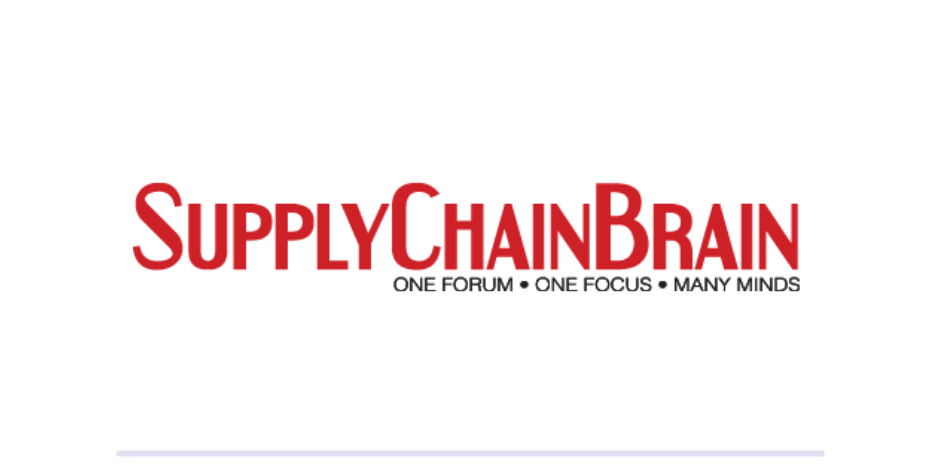SupplyChainBrain Mentions First Insight | Shoppers Are Trading Down to Store Brands Without Even Realizing It
How does a retailer stay ahead of the dizzying number of factors that go into whether it can sell what it puts on the shelves at a profit? By harnessing the growing power of AI to not only sense demand at a very fine-grain, real-time level, but also to govern decisions about pricing and inventory.
So argues Greg Petro, CEO of First Insight, a retail platform that uses AI analysis of consumer feedback to predict demand, determine pricing thresholds and model scenarios around, for example, differing tariff levels or supply chain bottlenecks.
“I’ve been in this industry since 1985, and it feels like the drama increases every year,” says Petro. “And certainly there are more frequent, large events affecting companies, that had previously been spaced out.”
During the COVID-19 pandemic, companies became much more agile in action and thinking, Petro observes. “And that’s a great skill set to have. Unfortunately humans like to settle into inertia,” he says. Being able to anticipate change is great; it’s what allows humans to evolve faster than any other species. “And that’s not forecasting; it’s modeling. That’s what AI is capable of doing. The human brain has limitations. It also has great, unlimited imagination. Combining them, you have two unmatched things coming together,” Petro says.
First Insight, which works with major retailers like Gap, Under Armour and Marks & Spencer, to optimize their pricing, merchandising and inventory strategies, has turned its attention to making sure retailers can take control of their pricing and inventory strategies using real-time customer insights and predictive scenario modeling. The company says its new approach uses agentic AI to transform consumer feedback into profitable retail growth strategies. One boasting point worth noting – Petro says that, via crowdsourced gaming technology, First Insight identified the gown Kate Middleton wore to her 2011 wedding to Britain’s Prince William before she revealed it on the big day. “We can help you understand what people actually want,” Petro says.
Now, retailers can simulate “what-if” scenarios that reveal how different hypothetical tariff-driven cost increases could impact shoppers’ willingness to purchase upcoming SKUs at various price points, and which products’ margins will suffer most as costs fluctuate. By determining what consumers are willing to pay for every product, retailers then have the information they need to predict their most profitable SKUs, prioritize high-velocity items, and preserve margins by avoiding price increases on products that can’t tolerate them, Petro explains. In a time of tariff-driven price increases, the platform can help retailers optimize in-season products to reflect active consumer sentiment.
“Modeling the future is traditionally predicated on history, or some substitute for history,” says Petro. “We model, not on history, but price elasticity.”
In terms of inventory strategy, First Insight assigns each SKU a unique “Value Score” based on a range of factors, including pricing, likeability and consumers’ likelihood of purchase. Retailers can then use those scores for SKU rationalization, typically being able to identify the 80% of planned products that will create the majority of value, and the 20% they should cut.
“Demand sensing has nothing to do with supply; it’s just about where and when, not whether, it will sell. That’s a bad management strategy — the inability to predict demand,” says Petro. “You have to have a great price elasticity curve, where you can see how much demand is going to change because of price increases, or product changes. This is the fluid environment we’re in today.”
Using commonly available algorithms is encouraging retailers to over-react to the current commercial landscape, Petro says. “The average family makes $60,000 and the average house cost $400,000; you’ve got mortgage rates going up and credit card debt at its highest-ever level, and retailers are testing prices on consumers. When they can’t afford it!” says Petro. He adds that it’s no wonder that only 15% of U.K. consumers trust retailers on pricing, with that figure at 24% in the U.S.
The promise of computational power plus AI means predictive analytics are the way forward, Petro says. The ability of computers to digest enormous amounts of data allows for modeling of the convergence of multiple events at a SKU level. Then, there’s the power of AI to model consumer groups and forecast human behavior. “We’ve been able to forecast expected outcomes, and it’s quite impressive and will only improve over time, because the model learns,” Petro says.
“You don’t know where tariff is going to land between U.S. and China, or where the U.K. is going to land on car parts. But you can certainly suppose it, and then put probabilities on it, and then model what are your expected costs,” says Petro. “That’s easy. The real hard stuff comes with what we’re doing, which is modeling the expected response of people to what you do. Governments have been doing that for years, but retailers are slow to pick up on this.”
Read on SupplyChainBrain.
















